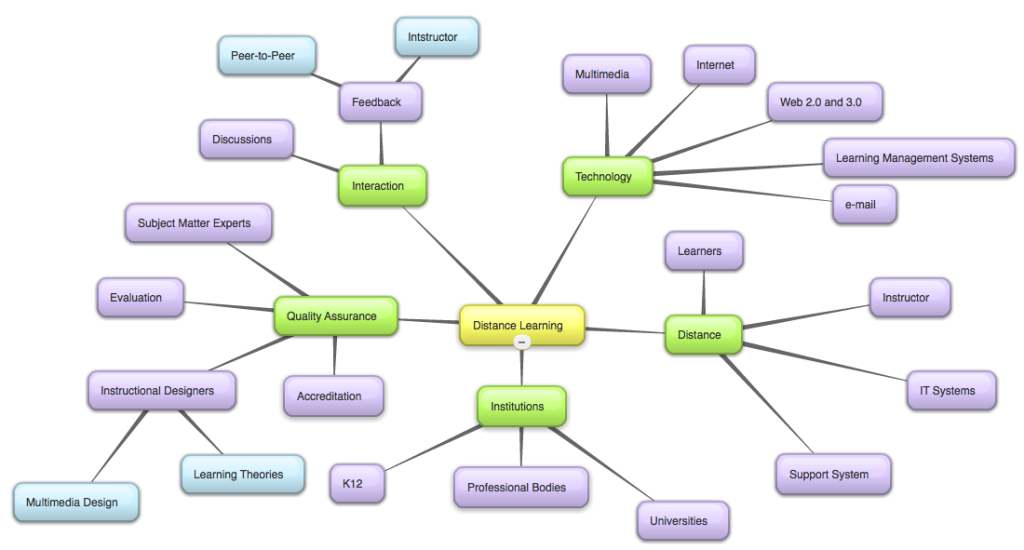Selecting Distance Learning Technologies
Technological innovations have played a significant role in the evolution of distance education and influence the design of distance education worldwide (Technology of Distance Education). The selection of technologies, which are appropriate for online instruction according to Simonson, Smaldino, Albright, and Zvacek, should be guided by the following: –
“
i. Assessing available instructional technologies
ii. Determining the learning outcomes
iii. Identifying learning experiences and matching them to the most appropriate technology
iv. Preparing the learning experiences for online delivery.” (2012, pp. 115-120)
These guidelines have informed my selection of technologies for my chosen scenario.
My chosen scenario is “A high school history teacher, located on the west coast of the United States, wants to showcase to her students new exhibits being held at two prominent New York City museums. The teacher wants her students to take a “tour” of the museums and be able to interact with the museum curators, as well as see the artwork on display. Afterward, the teacher would like to choose two pieces of artwork from each exhibit and have the students participate in a group critique of the individual work of art. As a novice of distance learning and distance learning technologies, the teacher turned to the school district’s instructional designer for assistance. In the role of the instructional designer, what distance learning technologies would you suggest the teacher use to provide the best learning experience for her students?”
The top two technologies, which will be useful for this setting, would be the use of media-sharing sites and discussion technologies. The assumption here is that students will take a virtual tour of the museum, which is independently provided by the museum. A web conferencing tool like WebEx can be utilized to first of all take a tour and also interact with the curators, however, in the absence of that media-sharing sites can be used to view the art pieces and then students can comment on the pieces as appropriate.
The use of a media-sharing site such as VoiceThread which allows subscribers to “Upload, share and discuss documents, presentations, images, audio files and videos” (VoiceThread) will be useful in having students critique art either in groups or individually. The students are bound to find this interactive and engage with their learning since they would have an integration of both “visual and verbal modes of learning together” (Laureate, 2012). Using VoiceThread, both the teacher and students obtain feedback and are able to respond to other student’s critique. “ In one recent evaluation at Sierra College, where VoiceThread was used in distance learning courses in art appreciation and art history, stu¬dents noted that the tool helped establish a sense of community and reinforced the impression that the instructor was involved in their learning process.” (7 things you should know about VoiceThread, 2009, p. 1)
A discussion board can also be employed, however, if a technology exist which provides a convergence of media sharing and discussions, I would think that is the best way to go. I am of the view that any tool, which is a convergence of many tools, is better than having to complete tasks in separate locations.
Reference:
7 things you should know about VoiceThread. (2009, June). In Educause Learning Initiative. Retrieved July 20, 2013, from http://net.educause.edu/ir/library/pdf/ELI7050.pdf
Simonson, M., Smaldino, S., Albright, M., & Zvacek, S. (2012). Teaching and learning at a distance: Foundations of distance education (5th ed.) Boston, MA: Pearson.
The Technology of Distance Education [Online video]. Walden University. Retrieved from https://class.waldenu.edu/webapps/blackboard/content/listContent.jsp?course_id=_7699855_1&content_id=_25321144_1
VoiceThread. (n.d.). Communicate, Collaborate and Connect. In VoiceThread. Retrieved from https://voicethread.com/about/features/


